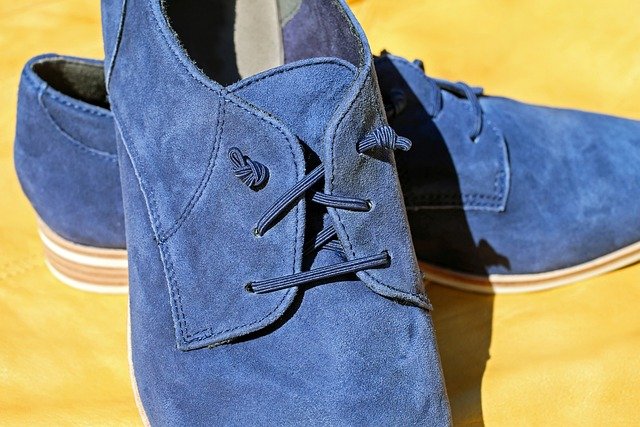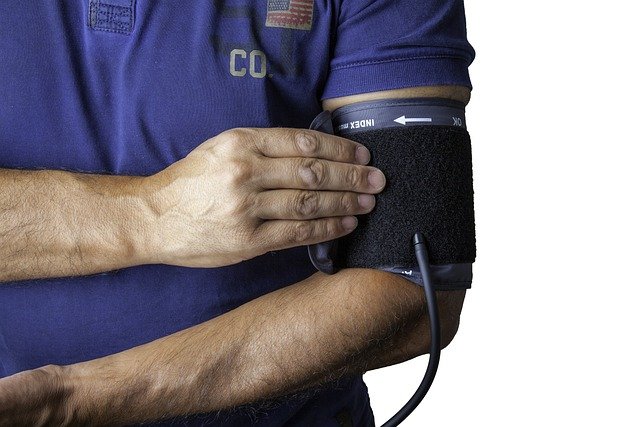High Heels: Styles, Comfort, and Cultural Context
High heels have been a visible element of global fashion for centuries, serving functions from practical elevation to stylistic statement. This article explains common types, how specific styles like Cuban heels and heeled boots differ, what influences the current trend, and practical guidance for choosing and caring for high heels and shoes to balance style and comfort.

This article is for informational purposes only and should not be considered medical advice. Please consult a qualified healthcare professional for personalized guidance and treatment.
What defines high heels and their basic types?
High heels describe footwear where the heel is elevated relative to the toe, shifting weight toward the front of the foot and changing posture. Common forms include stilettos, block heels, wedges, and platforms. Heel height, width, and placement affect comfort and stability: narrower, higher heels tend to be less stable, while wider or lower heels offer more support. Materials and construction—such as insole cushioning, arch support, and heel attachment—also influence how the shoe feels and wears over time. High heels appear across gendered and unisex shoe designs, from formal dress shoes to fashion-forward everyday wear.
How are Cuban heels different from other heels?
Cuban heels are characterized by a short-to-medium, slightly tapered heel with a broad base and a straight profile, commonly seen on boots and some dress shoes. Unlike very narrow stilettos, Cuban heels provide a bit more surface area under the heel, which can improve balance while still adding noticeable lift. Historically associated with riding and certain menswear styles, Cuban heels have been adopted in various fashion cycles and appear in both masculine and feminine silhouettes. Their shape makes them a versatile option for those who want height without the extreme narrowness of more delicate heels.
How do heeled boots fit into modern wardrobes?
Heeled boots combine the structural support of a boot with the elevation of a heel, offering a range from practical ankle boots to taller, fashion-forward knee-highs. They can function as seasonal footwear—providing warmth and coverage—or as statement pieces paired with dresses, trousers, and layered looks. Heeled boots come in multiple heel types, including block, Cuban, and stacked heels, which influence both aesthetics and comfort. For many wearers, heeled boots strike a balance between everyday usability and elevated style, making them a common choice for transitional weather and urban dress.
Why are high heels a recurring trend in fashion?
High heels reappear in fashion cycles for multiple reasons: they alter silhouette and posture, they signal formality in certain contexts, and designers often use heel shape and height to reinvent classic looks. Trends are driven by runway experimentation, celebrity and influencer visibility, and adaptations from historical or subcultural styles. Footwear technology and consumer demand also affect what becomes popular—materials, heel construction, and comfort features can make particular shapes more wearable, helping certain heel styles move from runway to street. Fashion trends vary by region and season, so local stores and brands in your area will reflect those shifts.
How to choose shoes and high heels for comfort and function?
Selecting comfortable shoes involves assessing heel height, heel width, toe-box shape, and construction. Lower heels (generally under about 5 cm/2 inches) and wider, block-style heels distribute weight more evenly. Look for shoes with supportive insoles, breathable lining, and room in the toe box to avoid pinching. If you plan to stand or walk for long periods, consider cushioning inserts, orthotic-friendly designs, or shoes with a modest platform to reduce effective slope. Rotating footwear, stretching calves, and allowing recovery time for feet can help reduce discomfort associated with frequent heel wear.
How to care for high heels and extend their lifespan?
Maintenance lengthens the life of heels and preserves comfort: replace worn heel taps and soles promptly, condition leather and clean fabric uppers according to manufacturer guidance, and store shoes on proper racks or in dust bags to maintain shape. For shoes with delicate embellishments or expensive materials, use protective sprays recommended for the material and consider professional repair for structural issues. Regularly inspect heel tips and the sole edge—addressing small repairs early often prevents more extensive damage. Proper care also improves hygiene and comfort, which supports safer, more enduring wear.
In summary, high heels encompass a wide range of forms—from Cuban heels to heeled boots—with each type offering different balances of style, stability, and comfort. Understanding heel shapes, construction details, and care practices helps you choose shoes that meet aesthetic goals while reducing discomfort. Trends will continue to evolve, but practical choices around fit, support, and maintenance remain key to wearing high heels responsibly and enjoyably.






